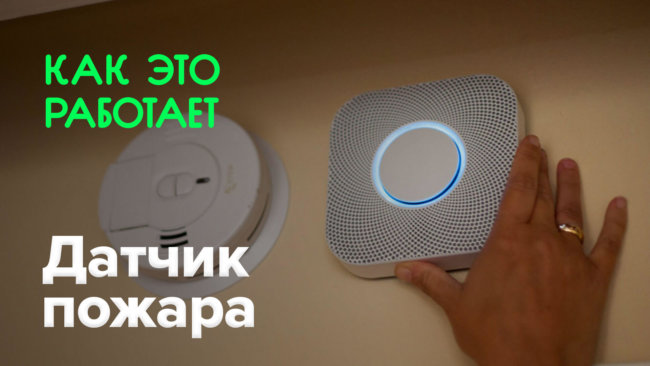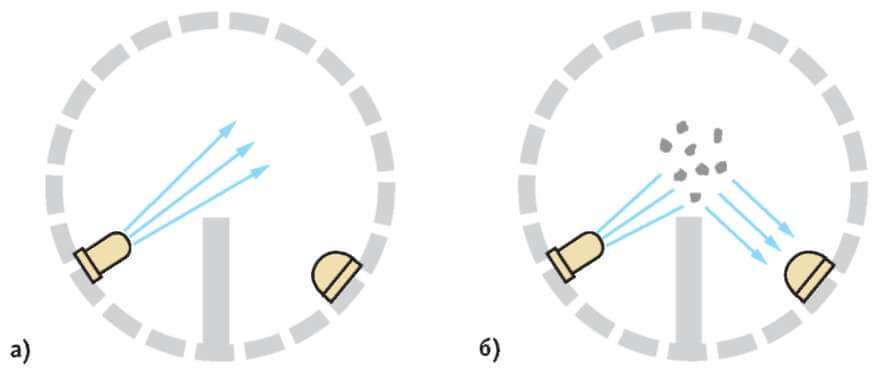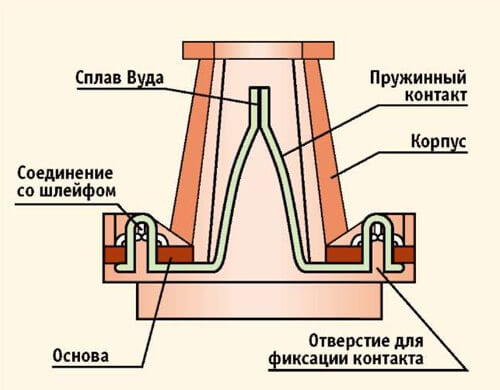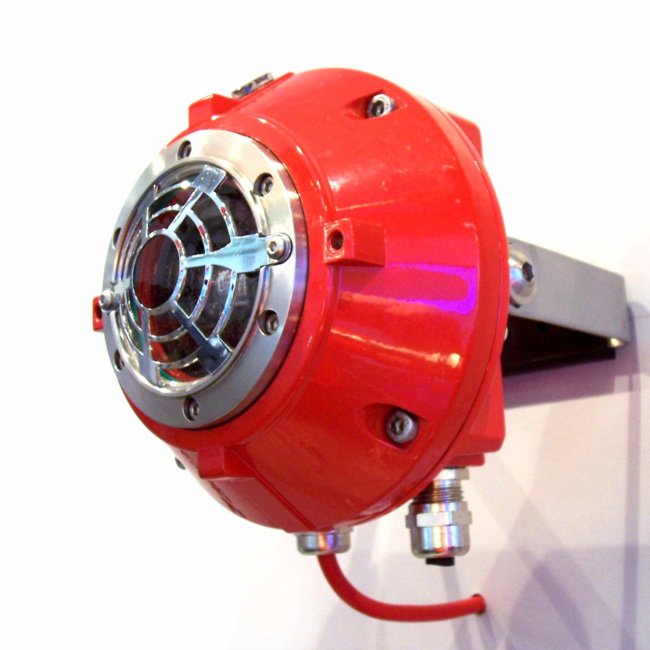
The first automatic fire sensor was heat. It was created by Americans Francis Upton and Fernando Dibble in the late 19th century. The design of the sensor was an electric battery, bell dome, a magnet in an open circuit and a thermostatic device. The latter was discovered an abnormal amount of heat, and the circuit between the battery and the magnet is closed. The hammer struck the bell dome and thereby signaled danger. How do you operate modern fire detectors — it is in the news today!

To determine the fire by smoke, temperature rise or a strong flash light. These factors are incorporated in the sensor of the fire. The most common ones are smoke and heat detectors, flame detectors and combined devices.

The work of the smoke detector based on the fixation of the combustion products at the detector housing. This is due to the operation of the optical system, which consists of a led emitting a light beam and photocell that converts the light into an electrical signal. The light beam from the led is thus specifically directed by the photocell. In the absence of smoke the light can not reach the surface of the solar cell. If the sensor body gets the smoke, the light beam starts randomly reflected and reaches the photocell. It works, and the electronic circuit generates and transmits the command to the alarm device. If the sensor gets water vapor or gases, they will also deflect the luminous flux and cause a false alarm. Therefore, smoke detectors are not installed in those places where they can incorrectly work.

As for the thermal detectors, they are of two types: threshold and integral. Threshold the sensor is activated upon reaching a certain temperature, usually 60-70 degrees. Inside his body there are spring contacts, which are connected by a heat-sensitive material. Under the influence of temperature of heat sensitive layer is softened and is breaking the circuit.

The integrated sensor responds to the speed of increasing temperature. The terminals of the thermal element is stabilized voltage. Under its action in an electric circuit current flows, the value of which at room temperature remains almost unchanged. When the thermal element begins to operate open flame, the sensor resistance increases. The rate of change of the current value registered by the electronic circuit which usually is set to increase 5 degrees per second. Upon reaching a critical value of heating rate sensor sends an alarm. Integrated detectors are used, usually in warehouses and industrial buildings.
Another group of fire detectors are flame detectors. They react to an open flame due to the sensitive photocell. He captures the emergence of one of the spectra of the optical waves or its full range. The simplest models of this type can be triggered by bright lights, sun, lights and noise of the optical spectrum. To eliminate false positives using special filters. Because of the high cost and complexity of the design of flame detectors are used in industrial plants.

To minimize false positives, there are also combination devices, which combine the possibility of smoke and thermal models, as well as of detectors of the flame. They have infrared, thermal, and optical sensors and can be configured as a triggered from each sensor separately, and in their simultaneous signaling. In critical industrial applications and is used four channel combined detectors, which in addition take into account the appearance of carbon monoxide.
How does it work? | Fire sensor
Hi-News.ru